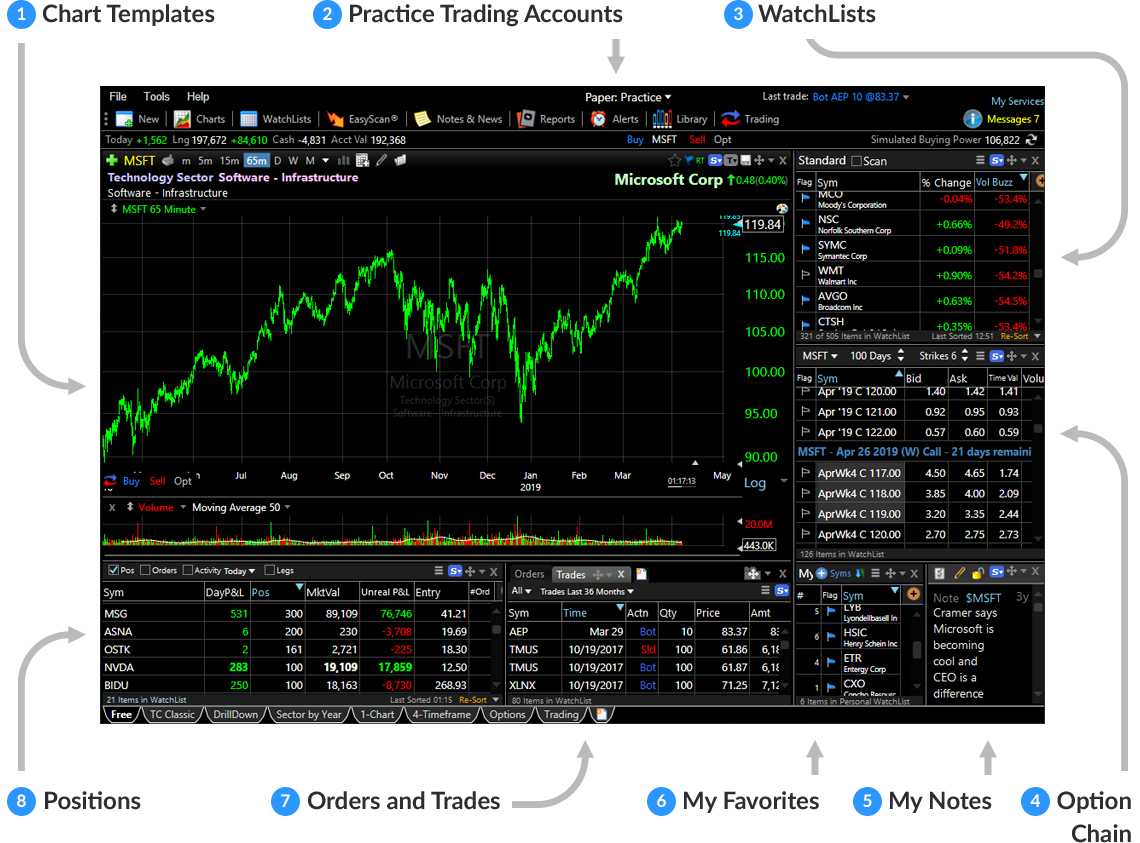Market Data Integration

Stock Market Live Trading Dashboard – Integrating real-time market data into a live trading dashboard is crucial for making informed trading decisions. This section will explain how to achieve this integration, describe the types of market data available, and emphasize the importance of data accuracy and reliability.
Types of Market Data, Stock Market Live Trading Dashboard
There are various types of market data available, each providing specific insights into market behavior:
- Price data:Real-time quotes, bid-ask spreads, and historical price charts.
- Volume data:Number of shares or contracts traded over a period.
- News and events:Breaking news, earnings reports, and economic data that can impact market sentiment.
- Technical indicators:Calculated values derived from price data, such as moving averages and relative strength index (RSI).
Selecting Relevant Data
Choosing the most relevant market data for trading depends on the trader’s strategy and risk tolerance:
- Short-term traders:Require real-time price and volume data to identify short-term trading opportunities.
- Long-term investors:Focus on historical price data, news, and economic indicators to assess long-term trends.
- Technical analysts:Rely on technical indicators to identify patterns and potential trading signals.
Importance of Data Accuracy and Reliability
Accurate and reliable market data is essential for effective trading decisions:
Garbage in, garbage out.
- Accurate data:Ensures traders are basing decisions on correct information.
- Reliable data:Minimizes the risk of data loss or corruption, which can lead to costly errors.
- Timeliness:Real-time data provides traders with up-to-date information to make timely decisions.
Charting and Technical Analysis

Charting and technical analysis play a pivotal role in a live trading dashboard, empowering traders with valuable insights to make informed trading decisions. Charts provide a visual representation of price movements, allowing traders to identify trends, patterns, and potential trading opportunities.
Using Charts to Identify Trends and Patterns
Charts display historical price data, enabling traders to observe price fluctuations over time. By studying chart patterns, traders can identify potential trends, such as uptrends, downtrends, and sideways trends. Uptrends are characterized by a series of higher highs and higher lows, while downtrends exhibit a series of lower highs and lower lows.
Sideways trends indicate periods of consolidation or indecision.
Technical Indicators
Technical indicators are mathematical calculations applied to price data that help traders identify potential trading opportunities. Common technical indicators include moving averages, Bollinger Bands, and the Relative Strength Index (RSI). Moving averages smooth out price data, making it easier to spot trends.
Bollinger Bands create a range around the moving average, indicating potential areas of overbought and oversold conditions. The RSI measures the momentum of price changes, helping traders identify potential reversals.By incorporating technical indicators into their dashboards, traders can enhance their analysis and make more informed trading decisions.
However, it’s important to remember that technical analysis is not a perfect science, and traders should always consider multiple factors before making a trade.
News and Alerts
Integrating news and alerts into a live trading dashboard is essential for staying informed and making timely trading decisions. By integrating news feeds, market updates, and customizable alerts, traders can monitor market events, economic data releases, and company-specific announcements that may impact their trading strategies.
News and Alerts Sources
Various sources provide news and alerts, including financial news agencies, brokerages, and specialized data providers. Traders can select specific sources based on their trading interests and the reliability and accuracy of the information provided.
Customizable Alerts
Customizable alerts allow traders to set triggers based on specific market conditions, such as price movements, volume changes, or technical indicators. This ensures that traders are notified when predetermined conditions are met, enabling them to react promptly to market opportunities or potential risks.
Importance of Market Awareness
Staying informed about market events and news is crucial for effective trading. By monitoring news and alerts, traders can identify potential trading opportunities, adjust their strategies accordingly, and mitigate risks by responding to market developments.
Collaboration and Sharing: Stock Market Live Trading Dashboard
A live trading dashboard empowers traders to collaborate and share their trading insights, fostering knowledge exchange and collective growth. It offers multiple avenues to share charts, analysis, and trading ideas, facilitating a collaborative environment for traders.
Sharing Charts and Analysis
Traders can easily share their charts and technical analysis with others through the dashboard. This allows them to present their trading strategies, highlight key market trends, and collaborate on trade ideas. Sharing charts enables traders to get feedback from peers, discuss different perspectives, and refine their trading strategies.
Exchanging Trading Ideas
The dashboard provides a platform for traders to exchange trading ideas and insights. They can post their thoughts on upcoming market events, discuss potential trading opportunities, and share their experiences with different trading strategies. This exchange of ideas fosters a collaborative environment where traders can learn from each other and refine their trading approach.
Benefits of Collaboration
Collaboration and knowledge sharing using a live trading dashboard offer numerous benefits to traders. It promotes collective learning, where traders can leverage the expertise and insights of others. It fosters a sense of community, where traders can connect with like-minded individuals and build professional relationships.
Additionally, it enables traders to stay up-to-date with the latest market trends and trading strategies, enhancing their overall trading performance.



